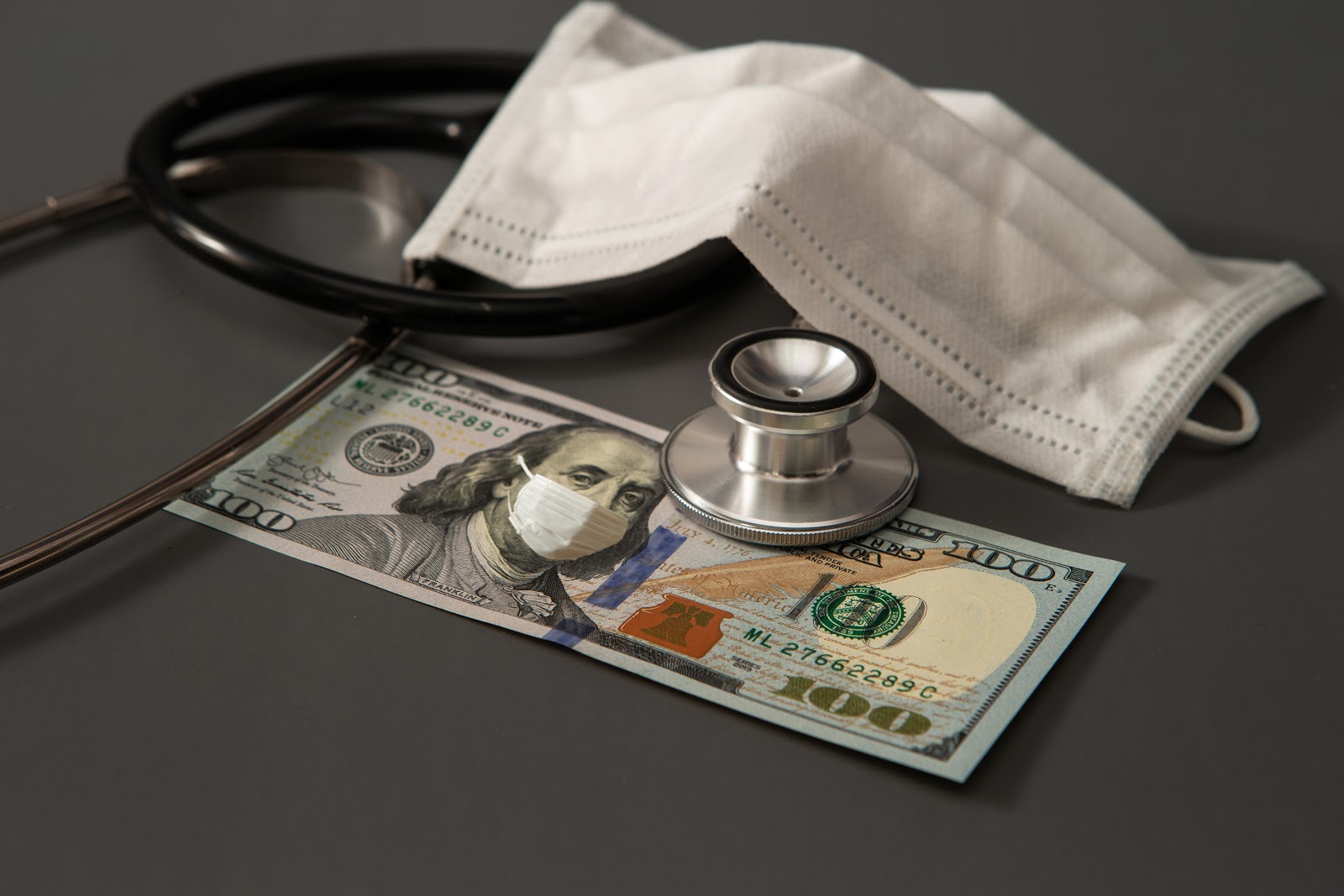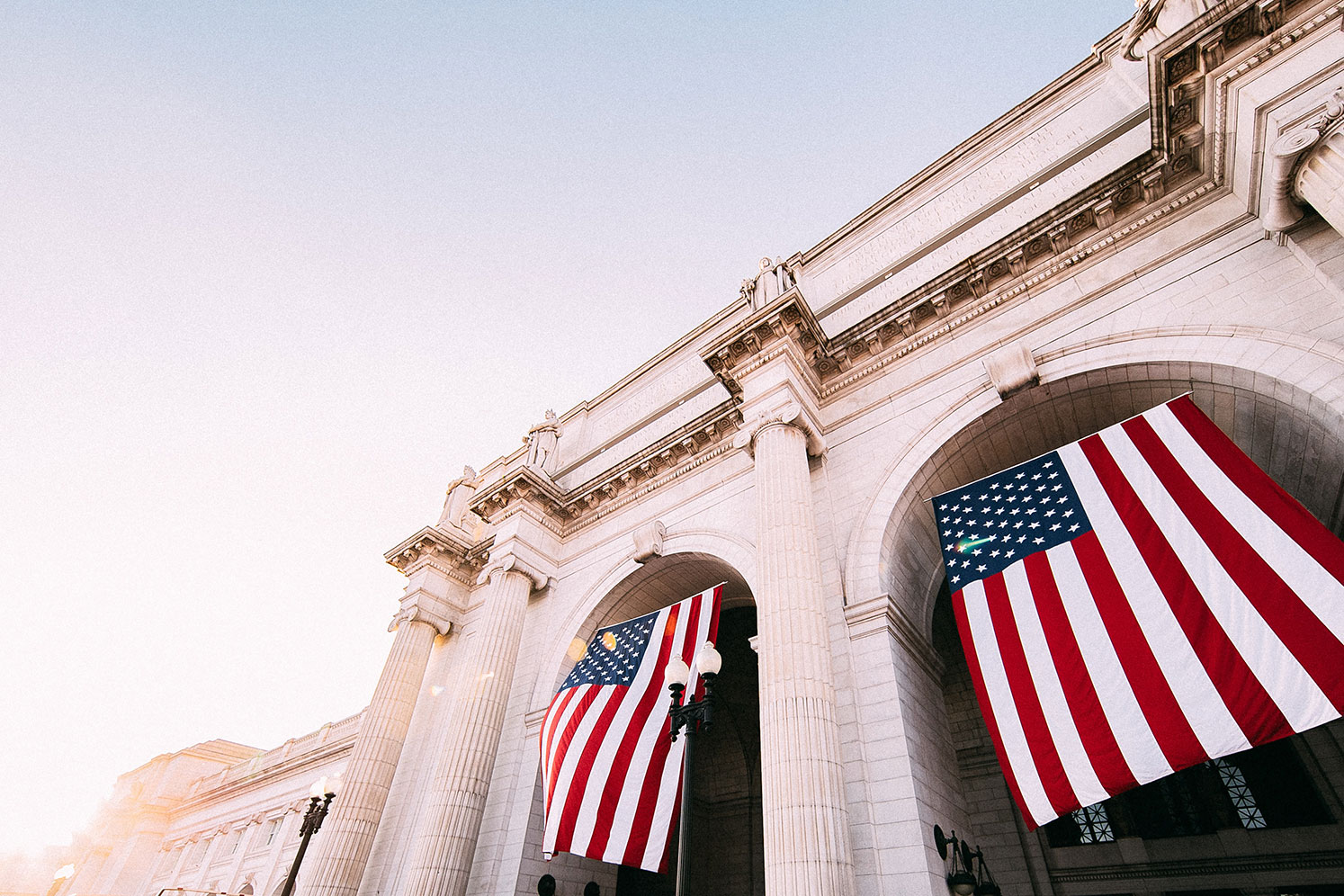A RANDOM WALK THROUGH A GLOBAL PANDEMIC (a six minute read)
Hello Everyone,
We hope you had a Happy Easter weekend, and are all safe, healthy, and finding new ways to stay sane and entertained. Now, more than ever, we are all in this together.
I used the three day pause in the markets to catch my breath and ponder the events leading to this point, the countervailing forces in place, and the impact on prices and opportunities.
I generally like lists, but I specifically loved David Letterman’s Top 10 List. So, in that vein, we’ve pulled together our Top 10 Thoughts on the Economy and the Markets, post the onset of Covid19.
This list will look at where we came from, where are we now, and where we might be headed.
TOP 10 Thoughts on the Economy and Markets
1. Remember, Just 2 Months Ago: The market started the year on solid footing. We had low interest rates, low inflation, and reasonably solid earnings growth expectations (6-8%). In early February, the bond market was expensive (rates were too low vs inflation) and the stock market was priced for perfection… and was getting it.
2. The World Changed: Since Covid19 hit, the consensus earnings expectation for the companies in the S&P 500 has fallen by over 50%. Additionally, Goldman Sachs has changed their expectations for 2020 real GDP growth from +3% for the full year to -6%. As a result, in between the start of this year’s expected +3% GDP and now expected ending -6% level, we are likely to see a -34% decline in GDP (annualized) during the middle of the year; a massive swing.
That is a lot to take in. If it holds true, we will not only see one of the weakest years on record (from a GDP perspective), but also an unprecedented drop over Q1-Q2, which will likely lead to a technically defined “depression” (a drop of greater than -10%, over a short period of time) as opposed to a regular or even Great Recession. By comparison, GDP only dropped -8.4% during the 2008/2009 Great Recession.
The reason economists are expecting the economy to bounce back so strongly is due to all the government relief and stimulus packages that have either already been approved, or are on deck. Those government programs can grow to $7T (you read that right), which will easily match the ~34% in lost GDP over the 2nd and 3rd quarters on a dollar for dollar basis.
For Example:
The US economy totals a bit over $21T (GDP); let’s just say $5T per quarter, to make it easy. Q1 GDP should be down ~6% on $5T or $300B. Q2 will likely be down ~30% or $1.5T. Taken together, we get less than $2T decline in GDP over the first half of 2020, prior to the start of an expected recovery. Hence, the market at present sees the potential for $7T coming into the market to more than offset the expected <$2T weakness in the first half.
3. Where Are We Now: At this point, if everything goes PERFECTLY, the stock market is only mildly expensive. But it has to go perfectly and we will still need more aid for municipalities, small businesses, hourly employees that lost their jobs, a plan to manage the unexpected consequences of rent relief and mortgage forbearance, and pass the $2T infrastructure package that Trump and the Dem’s both want. That kind of perfection!
It is not unusual for the market to be priced for perfection, but it is very unusual when there is so much uncertainty and related volatility. From here, it is difficult to see the economy revving up in the second half of the year such that it claws its way back to only -6% economic growth for the year. Color my easter eggs skeptical and color the market on thin ice.
4. The Response: The government has already provided 4 times more aid than all of 2008/09 and it has done it in just two short months, as opposed to two years. The other key difference between now and then is that our banks are much healthier. Not to say that there is no leverage in the system and no risk, but we should not have the type of financial contagion crisis that we had in 2008, when a subprime mortgage crisis spilled into literally everything.
Residential real estate has much more equity underpinning its values this time around, coupled with comparatively lower personal debt levels. When combined with healthy banks, this time is different. Count this as a positive.
5. The Most Important Element: The public health situation surrounding this virus will drive the path of the economic recovery. Period.
It does not matter how much we all want to get back to business as usual, even if we feel we deserve a big pat on the back for social distancing and flattening the curve. So what? Who gives a sh*t, if we just go back to our normal daily routine and it re-starts again!?
Recall that we only had ten Covid19 cases in the US as of February 15th. What happens if we all go back to normal, but this time starts with 1 million cases in May. Additionally, we will be restarting with an exhausted public health system. Not good.
Last point on this… even if a vaccine is unlikely until mid 2021 at the earliest, do not discount the possibility of a breakthrough therapeutic anti-viral treatment being identified in the next couple weeks or months. This could be what the stock market is hoping/expecting. That is the risk of getting too negative.
6. Let’s Hope Not: If the government “Ham Fists” (guess what we had for Easter dinner?) the start time for our return to “normalcy,” our hard-earned progress will be for not, precious lives will be lost, and the tab for this pandemic will increase. If that happens, I suspect the stock market will plumb new lows. As such, stocks are somewhere between a bit rich to staggeringly expensive.
7. A Turning Point: There was a very significant event that occurred on Thursday (April 9th): the Fed actually bought High Yield debt through the TALF program (Treasury Asset-Backed Securities Loan Facility). That is a H-U-G-E game changer.
We see the Fed paring back their asset purchases associated with ordinary QE (quantitative easing) operations from the intermediate part of the treasury curve. This will allow those rates to drift a bit higher in an effort to help the banks, thus, further freeing the Fed to use more of their firepower to compress credit spreads. The net effect is to offer more of a back-stop for risky assets than we have ever seen.
Remember, the Fed is in major “do whatever it takes mode,” and we don’t want to “fight the Fed.” Yes, this will help the economy and stocks, but we believe this move creates a more immediate opportunity in the credit market.
8. How About Some Opportunities?: So where are we finding value? We really like segments of the “esoteric” Investment Grade bond market. This can include collateralized real estate lending, preferred shares of many financial companies, and baby bonds of BDC’s (Business Development Companies). These securities pay a safe/solid 8-10% approximate yields, but are priced 15% below par. These bonds should be back to par in the next 6-12 months, which means a potential 20-25% total return.
There are still plenty of 40-50% discounts in the equity securities of these companies that come with a little hair on them, but at least they are no longer at risk of bankruptcy.
9. The Bottom Line: All in all, the stock market is somewhere between slightly and extremely expensive, while bonds have been largely backstopped. All of this has created an opportunity for a 2-step recovery. Our plan is to be overweight safe, over-collateralized Investment Grade bonds now, and then move back into stocks once the bond’s reprice and/or stocks have a sell-off due to another spike in the virus curve later in the year.
10. An Update: We still expect an opportunity to drop 1-2 tranches of the JP Morgan backed Structured Equity Note later in the year. We are advocating patience for now. This Note should offer approximately 2:1 upside leverage if the market rises over the next 5-7 years, while being locked in to 1:1 participation, if the market declines over that period. We like the positive asymmetry of that trade, we just need an acceptable entry point.
So there you have it, in true Letterman Top 10 format. The moral of this Easter story is, the egg hunt should continue well into April as we start by looking for bond bargains under bushes, and we may well get lucky and find a few equity eggs to boot…
Stay safe and sane,
Will




